EVERYTHING DEPENDS ON EVERYTHING ELSE
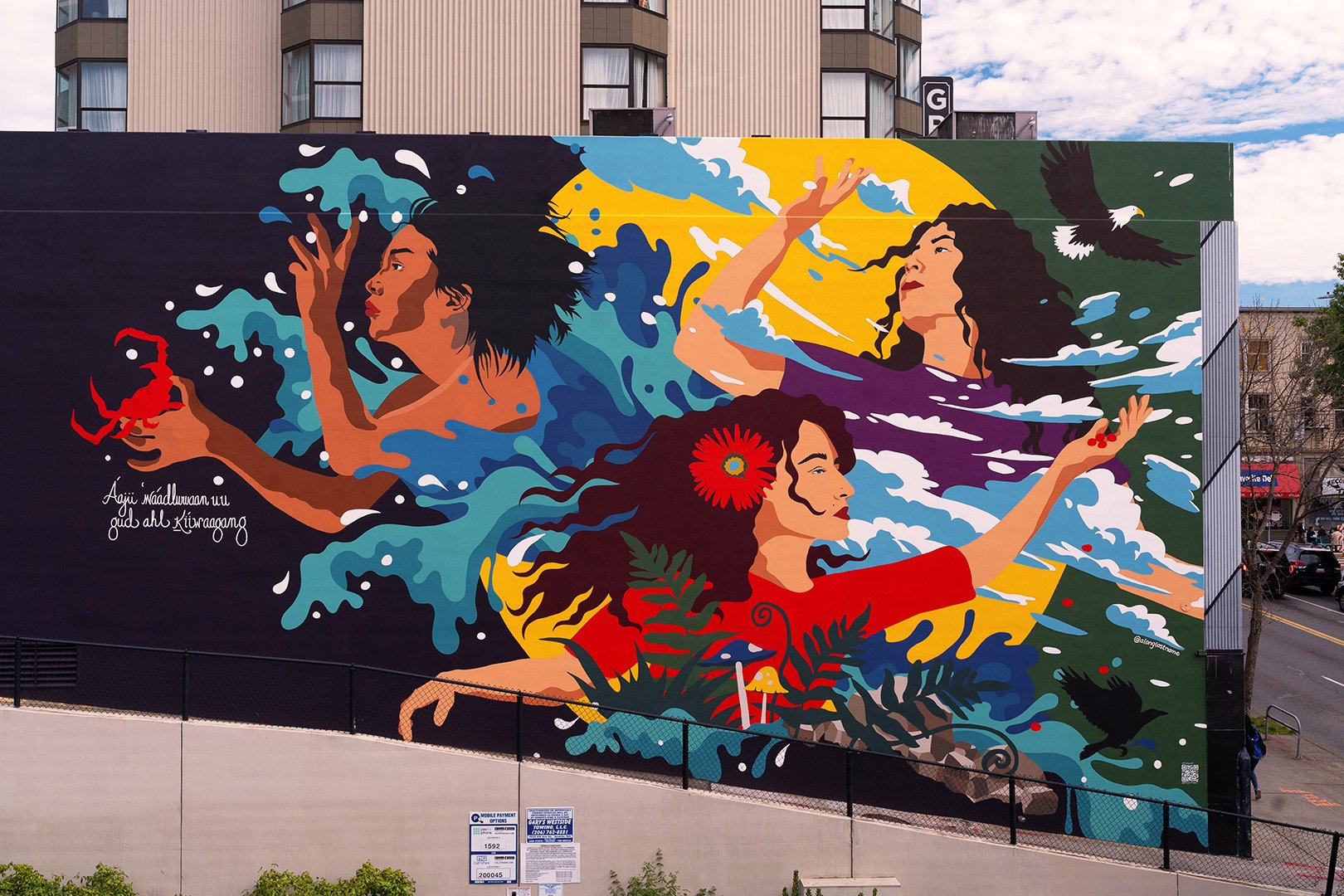
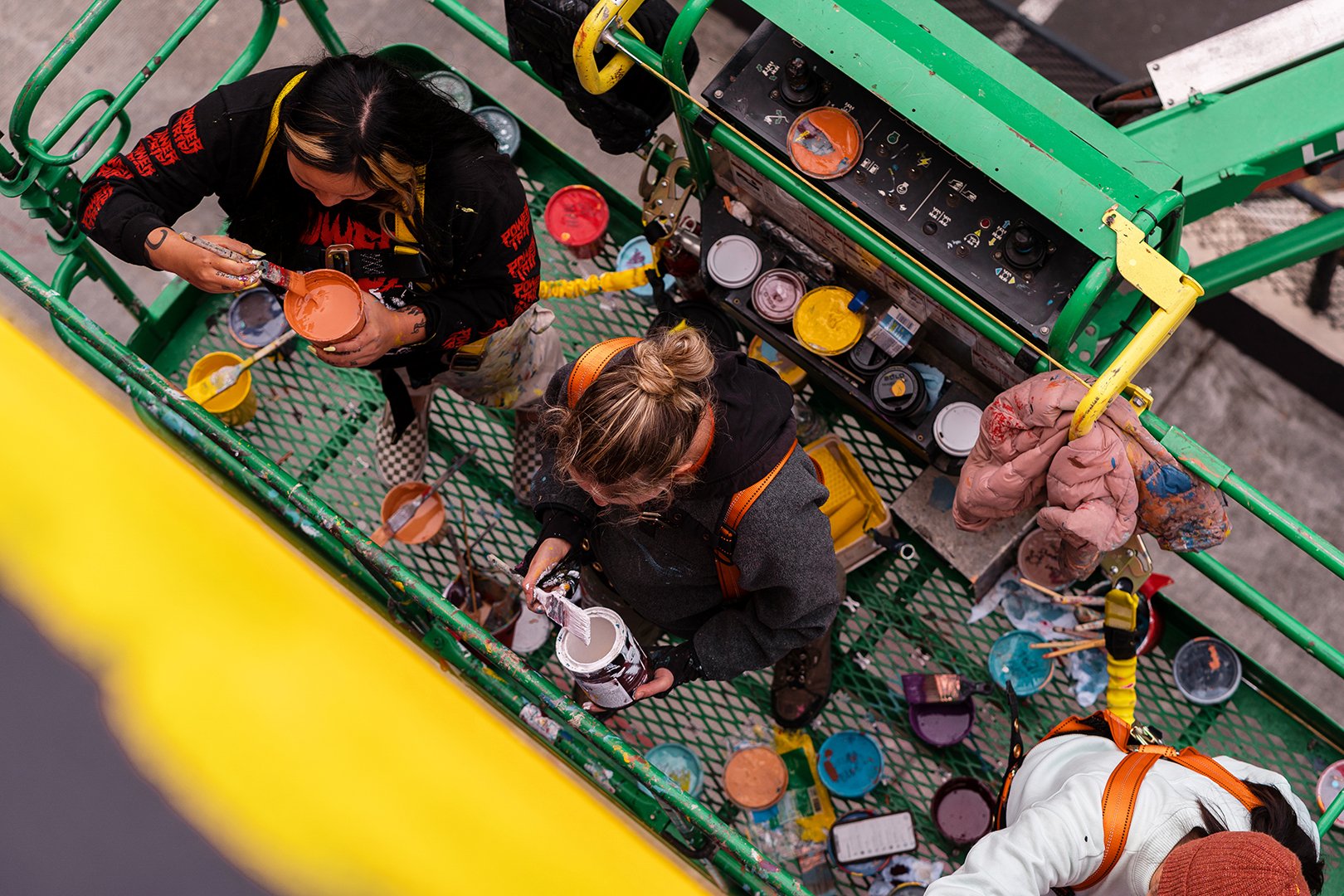
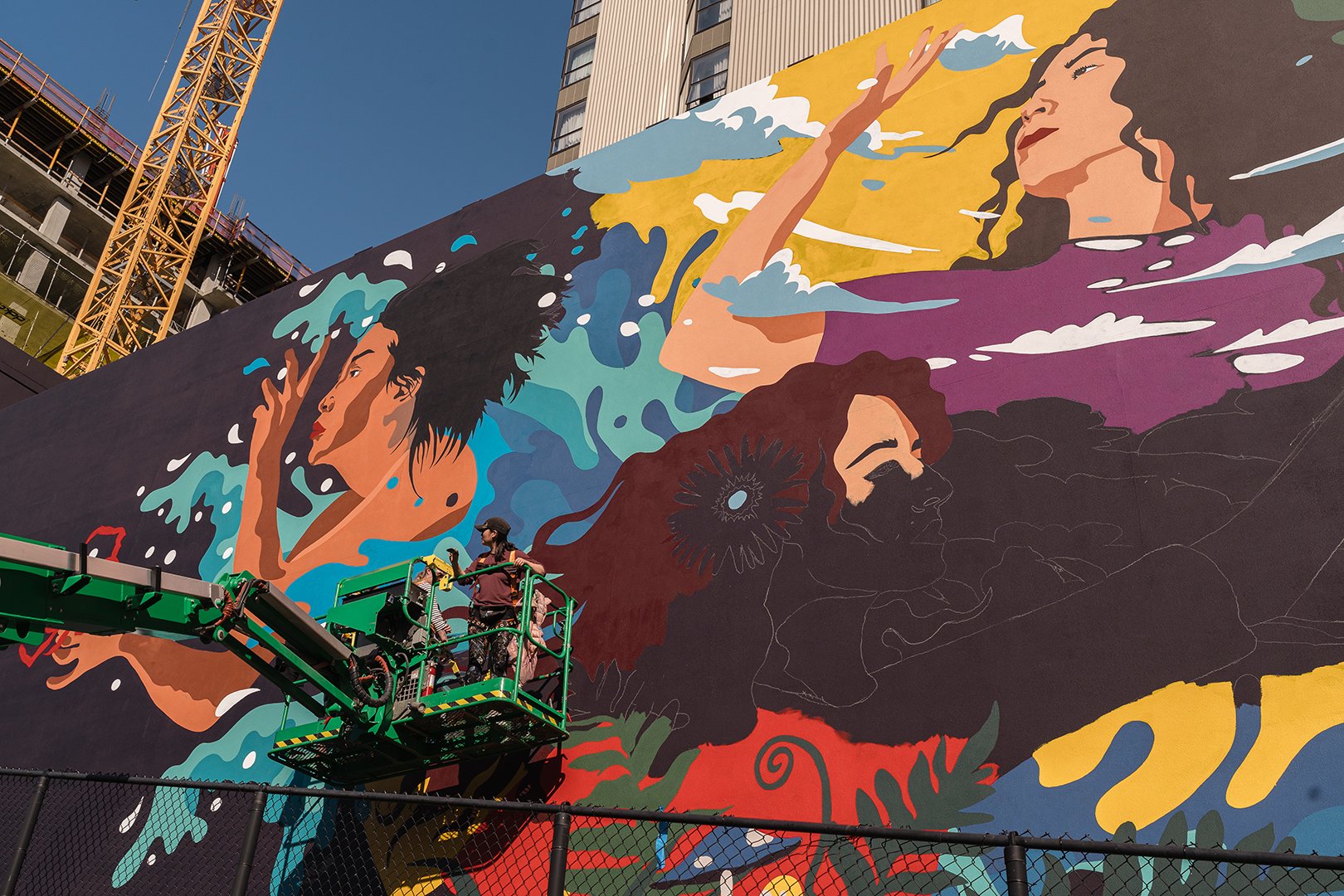
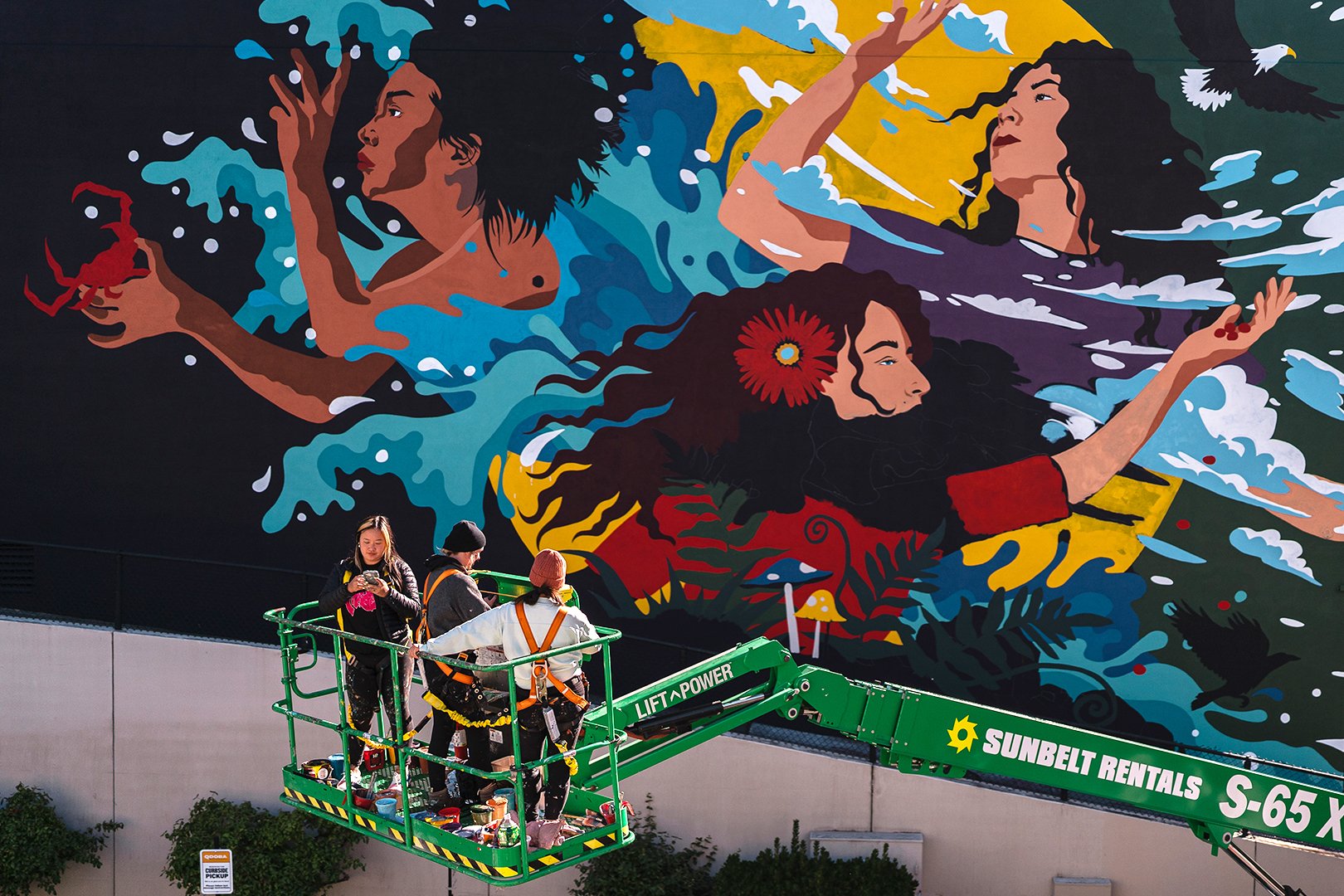
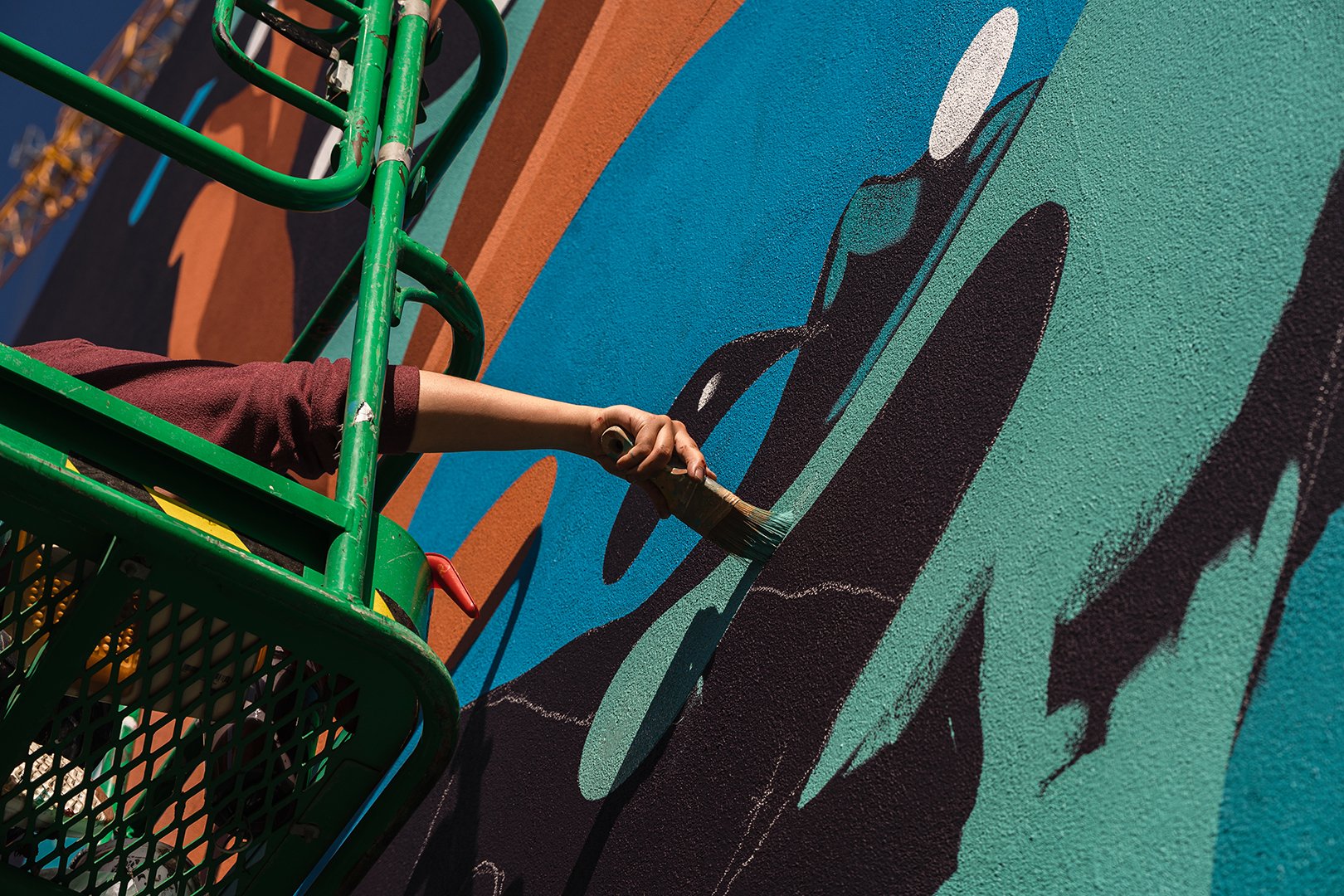

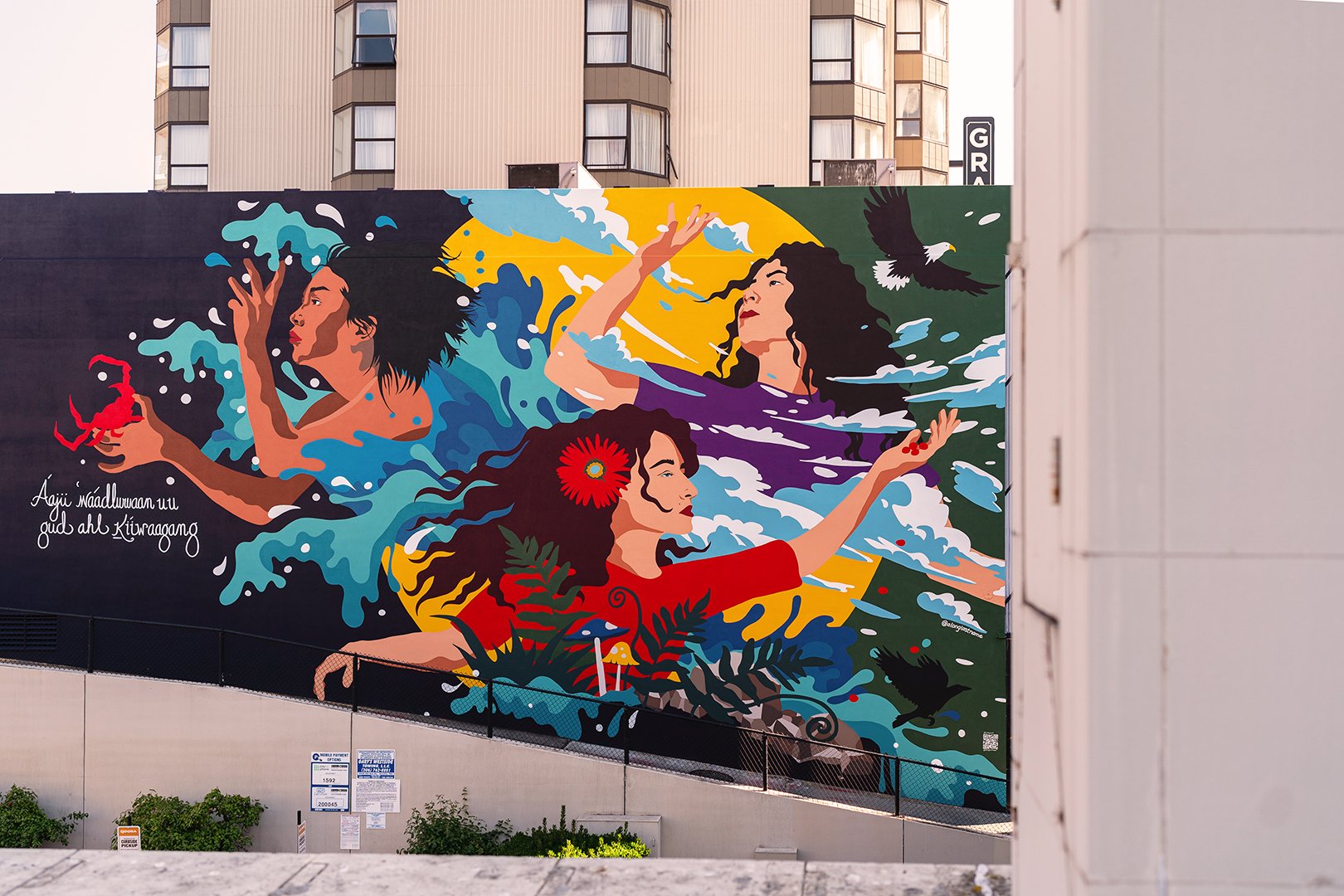
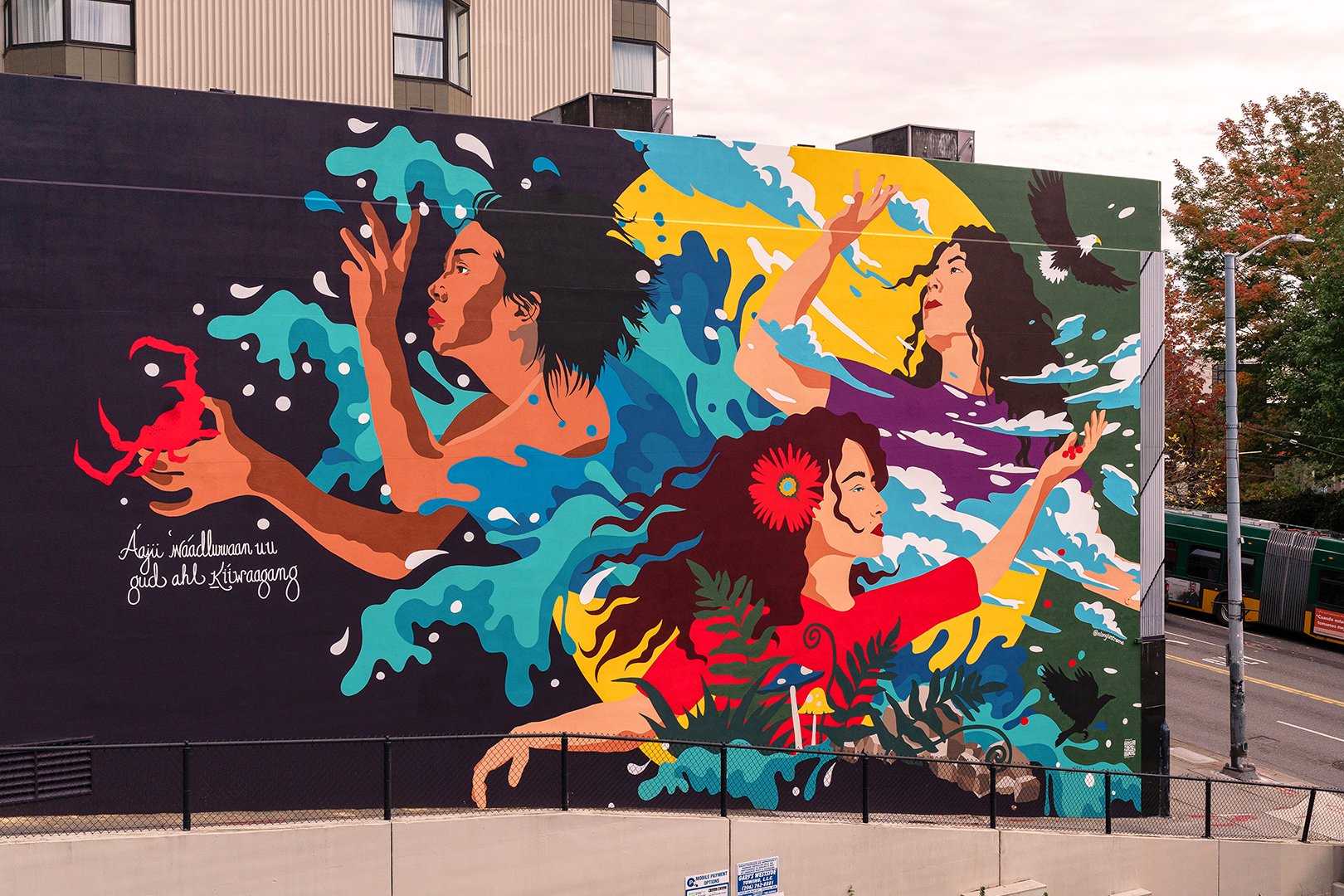
“Human science fragments everything in order to understand it, kills everything in order to examine it.” wrote Leo Tolstoy in War and Peace. Since the Enlightenment, Western thinking has centered around reductionism: dividing, segmenting, siloing. Separating fields like geology, chemistry, and biology into distinct fields with distinct research methods and distinct governing laws and theories. Yet when sediments leach from rocks into water and are absorbed by nearby flora and fauna, all three fields are necessary, like legs on a stool, to understand the ecological impact.
Dr. Wendy Smythe has long been familiar with the interconnectedness of the natural world. As a member of the indigenous Haida tribe in Alaska, Wendy—K’ah Skaahluwaa, from the Xáadas Nation of the Sdast’as clan (Fish egg house)—spent her childhood immersed in nature and absorbing the traditional ecological knowledge of her tribe. Now as a professor at University of Minnesota Duluth, she brings an integrated, holistic way of thinking to her joint appointment at the departments of American Indian Studies and Earth and Environmental Studies. Her approach has paid dividends, as shown in her recent discovery of the first-ever hyperthermophilic manganese oxidizing bacteria.
In “Everything Depends on Everything Else”, the three elements of air, water, and earth are shown weaving into one another. Three Haida women cast their gaze to the horizon, harnessing the energy that powers our world. Soaring through the skies are the noble Eagle and the trickster Raven, two birds that make up the matrilineal moieties, or social groups of the Haida. Yet despite differences in moieties, inside the heart of every Haida beats the same blood. Just as every woman, despite what surface differences may set them apart, is connected by the same shining spirit and grace that can never be reduced.
Haida community elders traveled from Alaska to lead a blessing of the mural and imbue the work with the community’s spirit by writing “everything is connected” in Haida on the mural.

